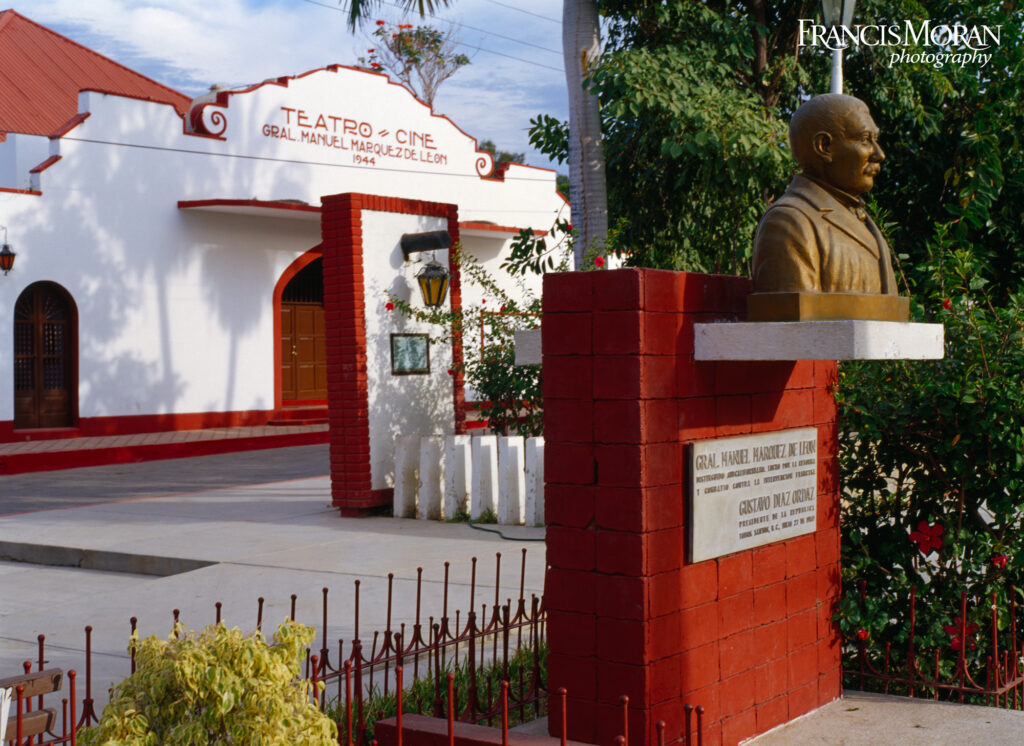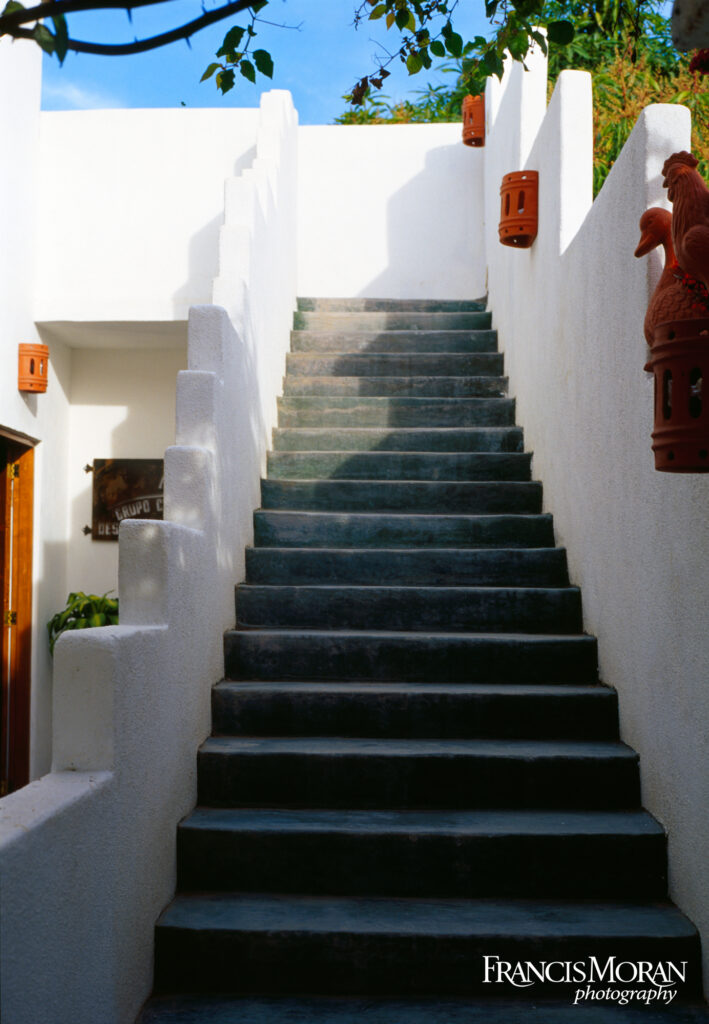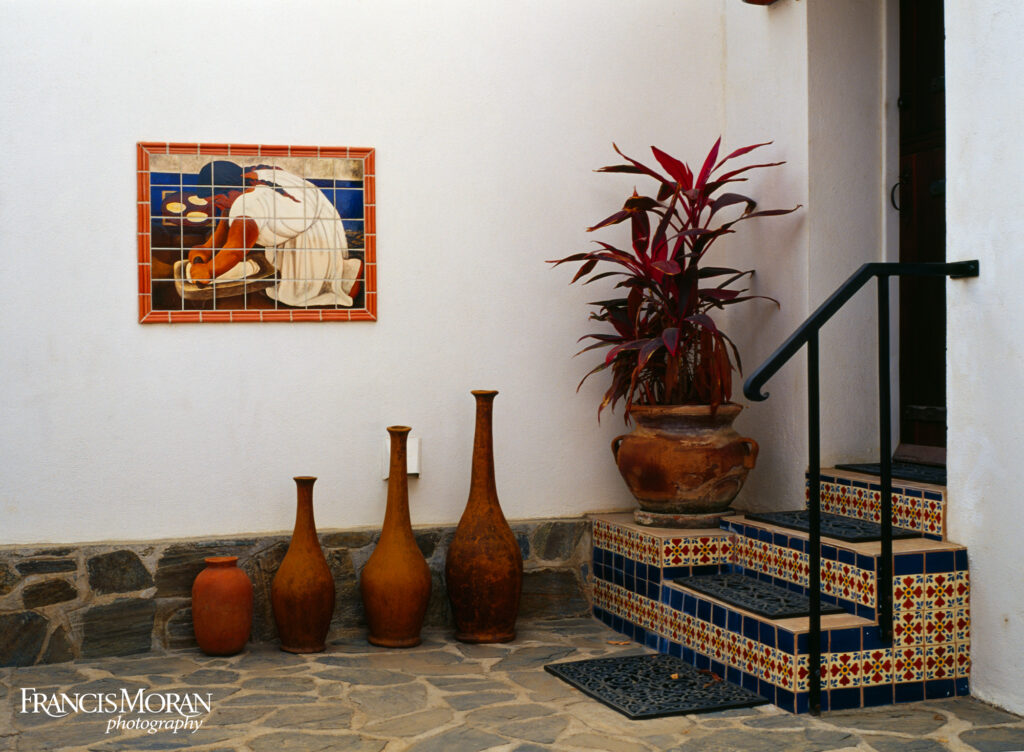Todos Santos, a little town and artist colony on the Pacific side of Mexico’s Baja California Peninsula, seems exactly the sort of place the Eagles had in mind when they crafted their best-known album. Spanish for All Saints, Todos Santos even has a Hotel California, although it opened under that name decades before the Eagles penned their iconic tune, and earlier this year, the band and the hotel’s owners settled a long-standing lawsuit over what the band alleged was the hotel’s efforts to make their guests believe it was the inspiration for the 1970s chart topper.
We visited Todos Santos for three nights as part of our first — and so far, only — trip to Mexico that saw us also stay in La Paz on the eastern, or Gulf of California, side of the peninsula and in San José del Cabo, the less glitzy and less frantic neighbour of the ultra-chic Cabo San Lucas at the southern tip of the peninsula.
Just like in the song, though, Todos Santos is “up ahead in the distance” on a “(not so) dark desert highway” about 75 kilometres north of Cabo. It comes complete with a mission bell or, at least, the beautiful Nuestra Señora del Pilar de la Paz, or Our Lady of the Pillar of Peace church, successor building to a Catholic mission founded here by Spanish Jesuits in 1773.

We didn’t stay at the Hotel California but, rather, at Todos Santos Inn, an utterly charming and intimate eight-room hacienda originally built for a sugar magnate in the 1800s. Ours was one of only two rooms on the ground floor, giving out onto a beautiful courtyard where a long, round stone bench with comfortable cushions circled a little fountain. If the delicious tapas we enjoyed the one night it was offered in the inn’s lovely bar and the superb breakfasts with which we started each day were anything to go by, the fact that the restaurant was not fully open for the day’s other meals during our stay was definitely our loss.

Todos Santos has had a boom-and-bust history since its founding. The mission was attacked in 1734 by indigenous Guaycura bands opposed to, among other injustices, the Jesuits’ prohibition on polygamy, while wars and epidemics over the next 15 years depopulated the region. The forcible detention at the mission of Guaycura children in an effort to pacify the local population did nothing to stop decimation by measles and other diseases, and by 1825, when the original mission closed, the Guaycura had become culturally extinct. The last battle of the Mexican American War was the Skirmish of Todos Santos in 1848.
Sugarcane, rather than the forced conversion to Catholicism of the local indigenous people, became the main industry through the latter half of the 1800s and the first half of the 1900s. With an abundant water source, the region became Mexico’s sugarcane capital, and by the turn of the 20th century, boasted as many as eight mills to process the crop. The water dried up in 1950, the last mill shut down in 1965, and Todos Santos faced a bleak future until the water returned in 1980 and the government paved the highway between Cabo and the U.S. border, reviving a prosperous agricultural industry and bringing an influx of tourists and real estate developers.


That development was threatening to utterly change the character of Los Cerritos beach, just south of Todos Santos, when we visited, although a planned massive construction of villas and condos seems not to have gone ahead in the decade or so since we were there. I thoroughly enjoyed the rough and heavy, if chilly, surf at Los Cerritos. We nicknamed the beach “Lost Cerritos” because the sign to it that everybody said we could not possibly miss had fallen over, causing us to drive up and down the road about half a dozen times before we finally located the hidden road down to the beach.


Todos Santos has become a centre for artists, both local and international and from other areas of Mexico, with silversmiths, landscape painters and others filling the galleries in the restored colonial buildings along its streets. We bought a beautiful silver jug and a unique stick, stone and wire sculpture of a lizard.
Like the song says, we could and did “check out any time” we liked. Unlike the song, though, the only thing that “can never leave” is our memories of a beautiful little Mexican town.


